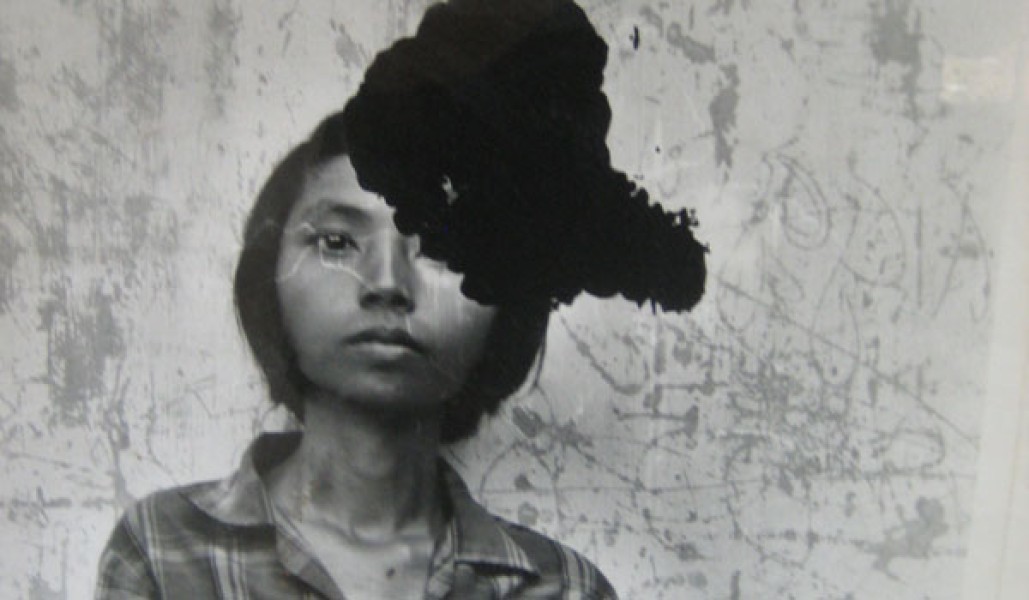In the aftermath of a devastating conflict or repressive regime, knowing the truth about the past is more than just an important step toward justice; it is a recognized human right to which all victims and survivors of human rights violations are entitled. International law clearly recognizes the “right to know about the circumstances of serious violations of victims’ human rights and about who was responsible.”
It is especially important to uphold this right given that repressive regimes often deliberately rewrite history and deny atrocities in order to legitimize themselves, fuel mistrust, and even instigate new cycles of violence. Truth seeking contributes to the creation of a historical record that prevents this kind of manipulation.
Effective truth seeking reinforces justice and can set in motion other forms of it. Truth-seeking measures can provide important and reliable information upon which to build victim registries and criminal cases. They also constitute an important platform for victims to voice their experiences and demands, which can inform the design and implementation of meaningful reparations and reforms. Truth seeking can help victims to find closure by revealing details such as the fate of forcibly disappeared loved ones or why certain people were targeted for abuse.
Victims of human rights abuses cannot forget, and states have a duty to preserve the historical memory of periods of violence and repression. In this regard, architectural memorials, museums, and commemorative activities are indispensable educational initiatives that establish a public record and serve as a bastion against denial and recurrence. In many cases, civil society-led truth-seeking and commemoration activities have been the catalyst for states to assume their duties. Often, informal and arts-based forms of truth seeking and truth telling are the most effective way to reach wide audiences and begin the necessary cultural shifts toward a peaceful, inclusive future.
